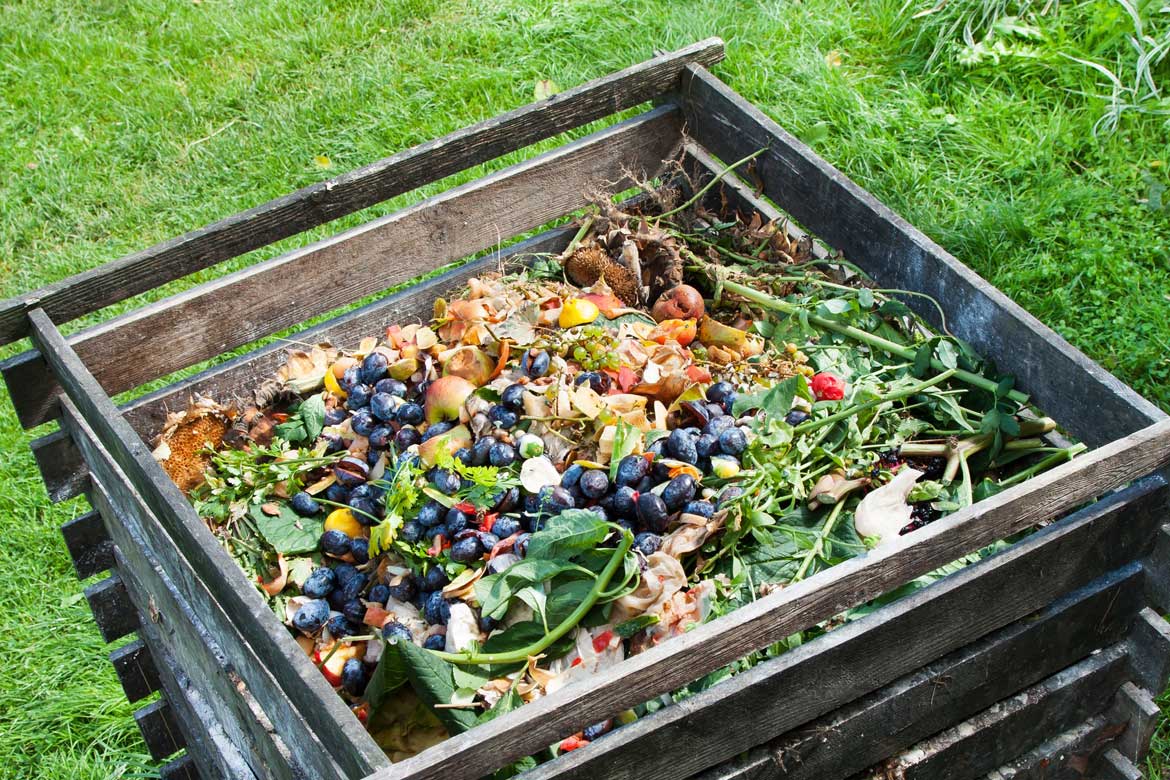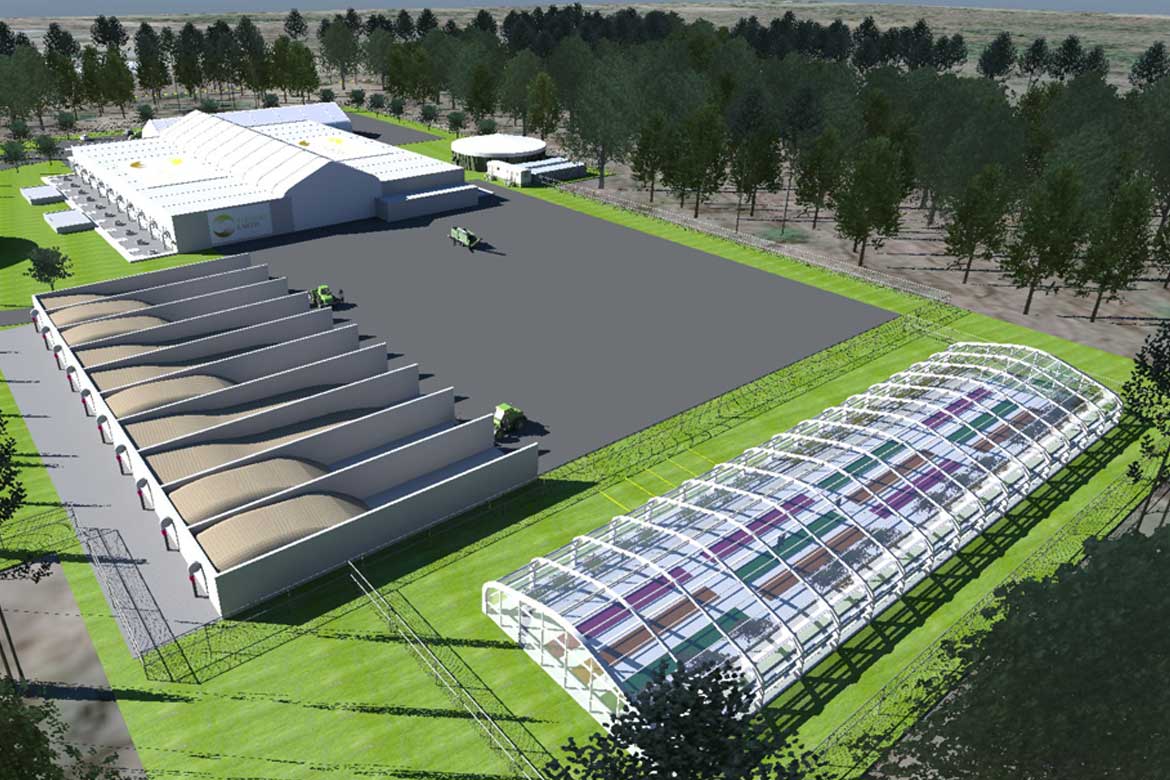

Compositing
Composting is a process in which organic wastes are degraded by microorganisms at elevated temperatures under both aerobic and anaerobic conditions. Soils are excavated and mixed with bulking agents and organic amendments, such as wood chips and plant wastes that enhance porosity. Maintaining proper oxygen and moisture content and closely monitoring temperature helps achieve maximum degradation efficiency. Typical compost temperatures range from 54° to 65° Celsius. The increased temperatures result from heat produced by microorganisms during the degradation of the organic material in the waste. It produces a byproduct that is stable and in some circumstances results in complete degradation of the contaminant.
There are three major designs used in composting. The first design is an aerobic static pile. Compost is formed into piles and aerated with blowers or vacuum pumps. The second design uses a vessel similar to a bio-reactor. After being placed in the vessel, the compost is mechanically agitated and aerated. The third method is called windrow composting.
Windrow composting is usually considered the most cost-effective composting alternative. After contaminated soil is excavated, large rocks and debris are removed. Amendments such as straw, alfalfa, manure and agricultural wastes are then added. The material is layered into long piles, known as windrows. The windrow is thoroughly mixed by turning with a commercially available composting machine. Moisture, pH, temperature, and contaminant concentrations are monitored. At the completion of the composting period the windrows are disassembled and the compost is taken to the final disposal area.

